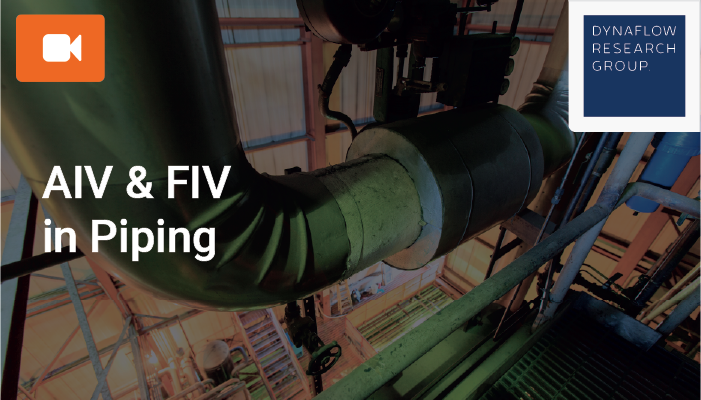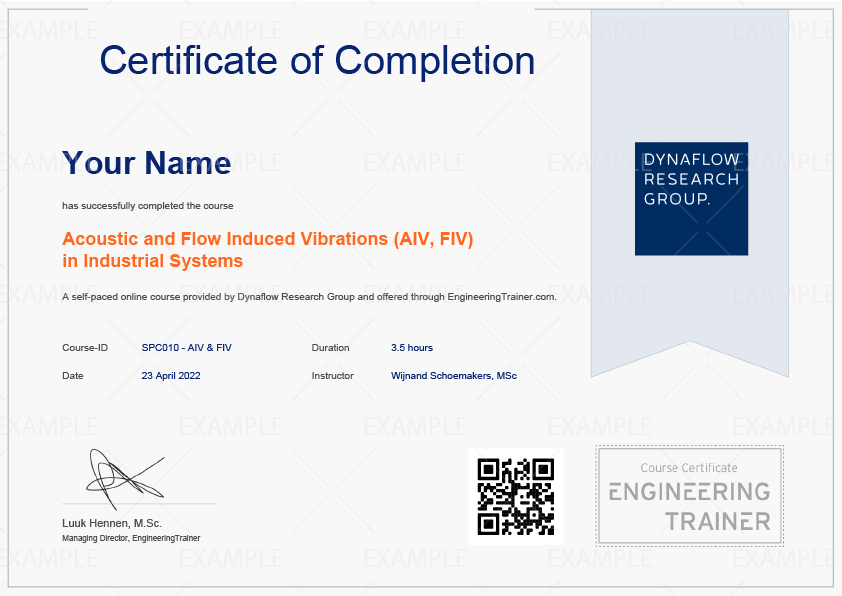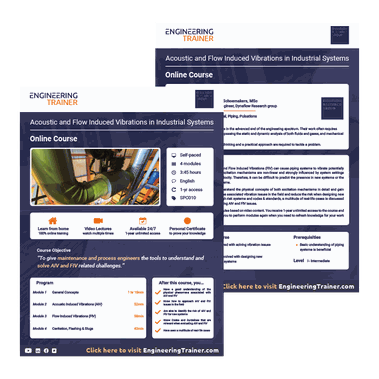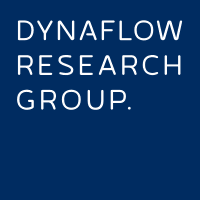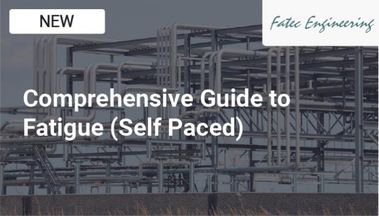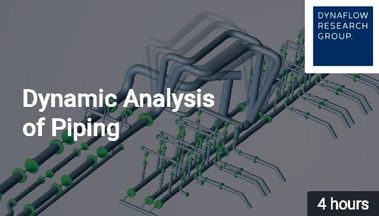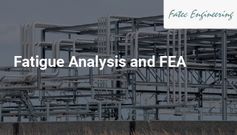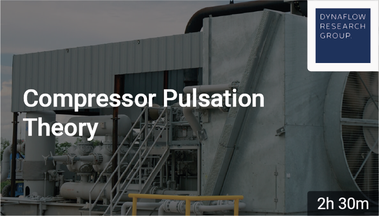Acoustic and Flow Induced Vibrations (AIV, FIV) in Industrial Systems
Self-Paced Course
4 modules
Wijnand Schoemakers, MSc
Dynaflow Research Group
SPC010
Format:
On-demand
€280 For Teams
Get a 20% discount on all courses for you and your team.
Free Course Preview
Help yourself with your purchasing decision. Watch free content now.
Course Objective
"To give maintenance and process engineers the tools to understand and solve AIV and FIV related challenges."
Learn from home
100% online training
Video Lectures by Experts
watch multiple times
Start immediately
1-year unlimited access
PDH Hours qualified course
Read more here
About the course
Self-paced
4 modules
3:45 hours
English
Limited seats
SPC010
Acoustic Induced Vibrations (AIV) and Flow Induced Vibrations (FIV) can cause piping systems to vibrate potentially resulting in fatigue failure. These excitation mechanisms are non-linear and strongly influenced by system settings such as valve openings and fluid velocity. Therefore, it can be difficult to predict the presence in new systems or the best remedial action in existing systems.
In this course you will come to understand the physical concepts of both excitation mechanisms in detail and gain knowledge on strategies to overcome associated vibration issues in the field and reduce the risk when designing new systems. Next to relevant theory, high risk systems and codes & standards, a multitude of real-life cases is discussed including methods for trouble shooting AIV and FIV issues.
The course consists of 4 online modules based on video content. You receive 1-year unlimited access to the course and the discussions forum. This allows you to perform modules again when you need to refresh knowledge for your work projects.
Meet your instructor
Program & Details
Welcome to the course
Your instructors
How to use this course
Personal Certificate requirements
Introduction to AIV and FIV
Focal points and Agenda
Dynamic problems in pipe stress analysis
Failure examples due to dynamic loads
Types of vibrations: Non-periodic & periodic
Types of vibrations: Non-harmonic & harmonic
Pipe rupture due to Fatigue Failure
Excitation sources causing vibrations
Induced vibrations and pulsations
Flow and unbalanced forces in piping systems
Vibration theory and SDOF
Dynamic response and harmonic vibrations
Eigenmodes in piping systems
Relevant codes for dynamic analysis
A sample of the first module is available for free, so you can learn more about the teaching style and understand if the course fits your needs.
Module Introduction
Acoustically Induced Vibrations (AIV)
Coupling mechanism and Excitation
Coupling mechanism and Modes
Coupling mechanism and Peak Stresses
Codes and guidelines for AIV
AIV relations: Part 1
AIV relations: Part 2
Detailed analysis of AIV
Mitigation measures against AIV
Introduction to Flow-induced vibrations (FIV)
FIT procedure according to the Energy Institute
Likelihood of Failure (LOF)
Flow-Induced Vibrations (FIV)
Codes and Guidelines
Cavitation basics and Flashing
Cavitation advanced and Flashing
Slug flow basics
Slug flow: Advanced considerations
AIV & FIV example
Congratulations
Course evaluation survey
Your Personal Certificate
Rate this course
Related resources & follow up
Results
After this course, you...
Have a good understanding of the physical phenomena associated with AIV and FIV,
Know how to approach AIV and FIV issues in the field,
Are able to identify the risk of AIV and FIV for new systems,
Know Codes and Guidelines that are relevant when evaluating AIV and FIV,
Have seen a multitude of real-life cases.
Who should attend this course
Engineers and technicians involved with solving vibration issues in existing piping systems,
Process and Piping engineers involved with designing new systems or maintaining existing systems.
Prerequisites: Basic understanding of piping systems is beneficial.
Level: Intermediate
Access to the course.
After your purchase is confirmed it will be activated to your account on the EngineeringTrainer learning portal. Here you will find the course in your dashboard and you will be guided step-by-step through the different course modules. You receive 1-year unlimited access to the course. This allows you to perform modules again when you need to refresh knowledge for your work projects.
Course videos.
The course is mainly based on video content: video lectures and video software demonstrations. Videos can be viewed as many times as desired. The video lectures help you to grasp the important technical concepts and in the video demonstrations the instructor uses the software and discusses all the steps and actions. You are recommended to follow the steps of the instructor in the software to optimize your learning curve.
This course is self-paced and is not subject to specific dates. The course contains 4 modules with a total of 3:45 hours of content which can be performed at your own pace. A Personal Certificate will be provided to participants if they finish the course within the first month after purchase. This incentive will motivate you to perform the course quickly thereby improving your learning curve.
You receive 1-year unlimited access to all modules. This allows you to perform modules again when you need to refresh knowledge for your work projects.
Participants of this course receive a personal digital certificate if they meet the following requirements:
complete each module of the course,
filling in the Course Evaluation Survey.
Example Certificate:
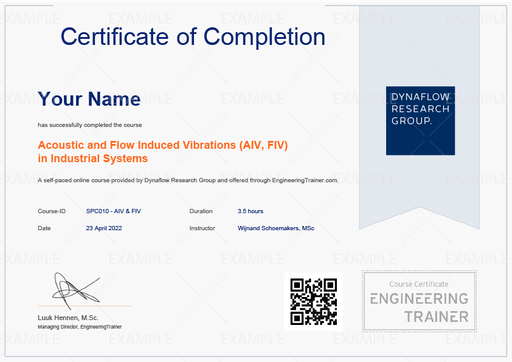
FAQ
Video lectures,
Video demonstrations,
Discussions forum with other participants & instructor.
The majority of training material are videos. These are not available for download, but can be accessed directly with your account on the portal.
You receive 1-year unlimited access to the course. This allows you to watch content again if this is beneficial for your work projects.
We encourage participants to submit feedback and questions in the Discussions Forum of the course. These are either answered directly in the forum or form the basis for new videos that are added to the online course on a regular basis.
Participants receive 1-year unlimited access to the course including new videos that are added during this year. Participants receive an email notification upon addition of new course videos.
No software is required for participants of this course.
If your computer and internet connection is able to play videos online (YouTube) you will be able to follow the course. Note that almost all browsers are supported, except for Internet Explorer.
Yes, this course qualifies for PDH hours as per the NCEES CPC Guidelines.
